The Moses portrayed in cinema, The Ten Commandments, is different then in the Bible and Jewish Torah. Western Christianity and popular culture often skips over significant events in the Passover story.
Unlike the movie portrayal, In several chapters of Exodus he is described as being “slow of speech and tongue”. Several times he tells God he is not fit for the job God choose him to carry out. God tells him that his brother, Aaron, will join him in being a representative of God to Pharaoh. Thus the two of them together make up a joint prophet team. Some Jewish scholars speculate this was done to further impress Pharaoh as important people often have spokesman. A newer possible theology was that God was showing Moses that God and man as well men to each other need to work together other in carrying out God’s will.
In Exodus 5 (The Shemot in the Torah) Moses and Aaron visit Pharaoh on their own initially so to speak but find Pharaoh not receptive to the message to release the Hebrews from bondage. Moses and Aaron need God’s help. Then Moses and Aaron pray to God who gives “four expressions of deliverance”.
- “I will bring you out from the suffering of Egypt”
- “I will save you from enslavement”
- “I will deliver you”
- “I will take you for me as a Nation, and I will be for you, the Lord”
Now Moses and Aaron understand that it will take God’s help to achieve their goal. God is building on his previous proclamations via the prophets that came before offering not only hope but actual deliverance from bondage and a demonstration of the transformative power of God’s love for mankind. These important expressions of deliverance are in the Hagganah celebrated at Passover but often not stressed among Christians.
While the movie version and popular culture stress the events of Pharaoh’s chase of the Israelites, the parting of the Red sea, and the Golden calf in popular culture other events are ignored.
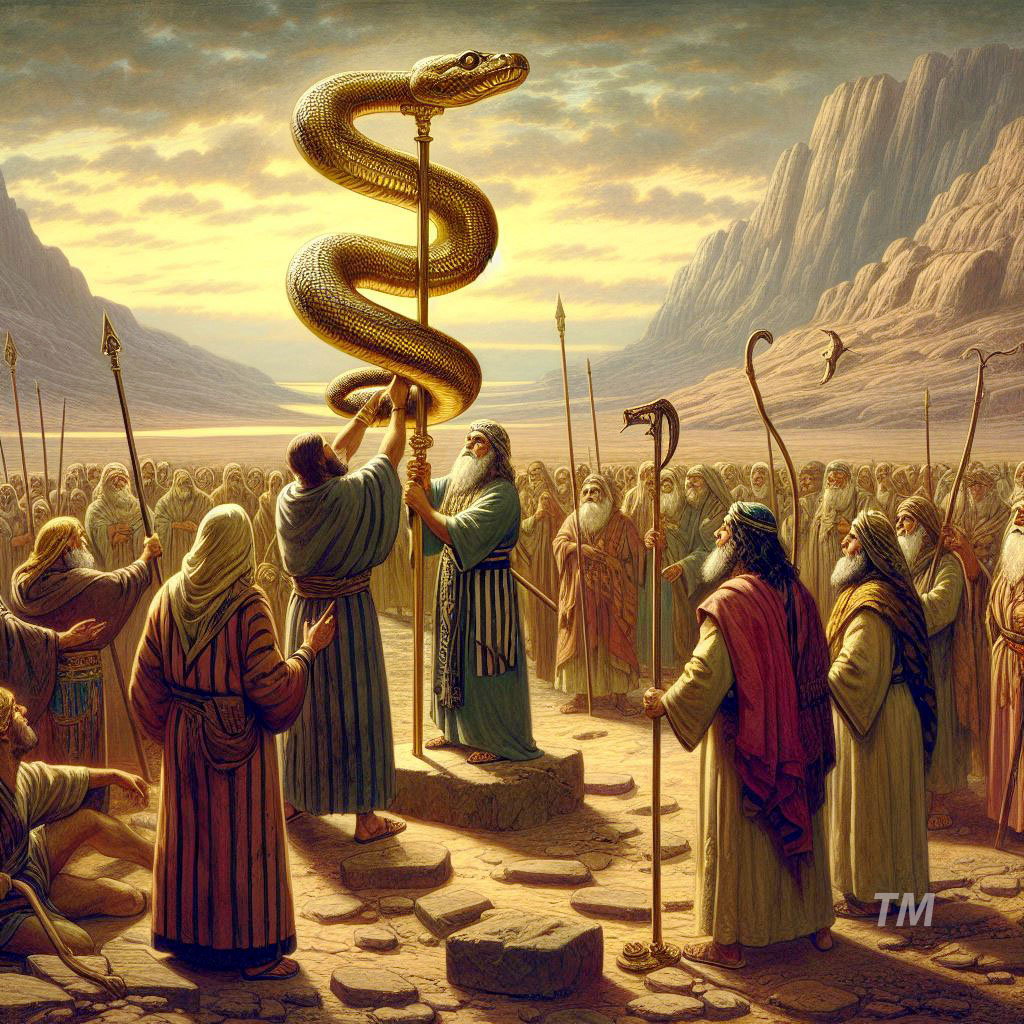
While wandering in the desert despite receiving sufficient mana from God to feed them they complain. These complaints give rise to poisonous snakes biting the weary travelers. In the Book of Numbers God tells Moses to build a brass serpent and mount it on a pole. Those that follow God’s instruction to look at it are saved from the deadly poison. Some Christian theologians interpret this to be symbolic of confessing sin as the snake was the symbol that tempted Eden. On the other hand some Jewish scholars say that snakes here may be an instrument of rebirth, transformation, or fertility.
The apostle Paul discusses Passover in 1 Corinthians 5:7–8. Paul being a Jewish scholar before his transformation in Damascus was very familiar with the Passover story. He writes 7 Clean out the old yeast so that you may be a new batch, as you really are unleavened. For our paschal lamb, Christ, has been sacrificed. 8 Therefore, let us celebrate the festival, not with the old yeast, the yeast of malice and evil, but with the unleavened bread of sincerity and truth.
For Christians Moses also represents those four expressions of deliverance as well.
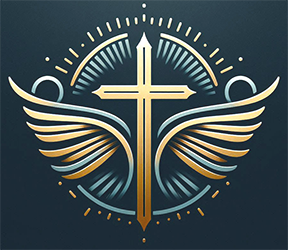

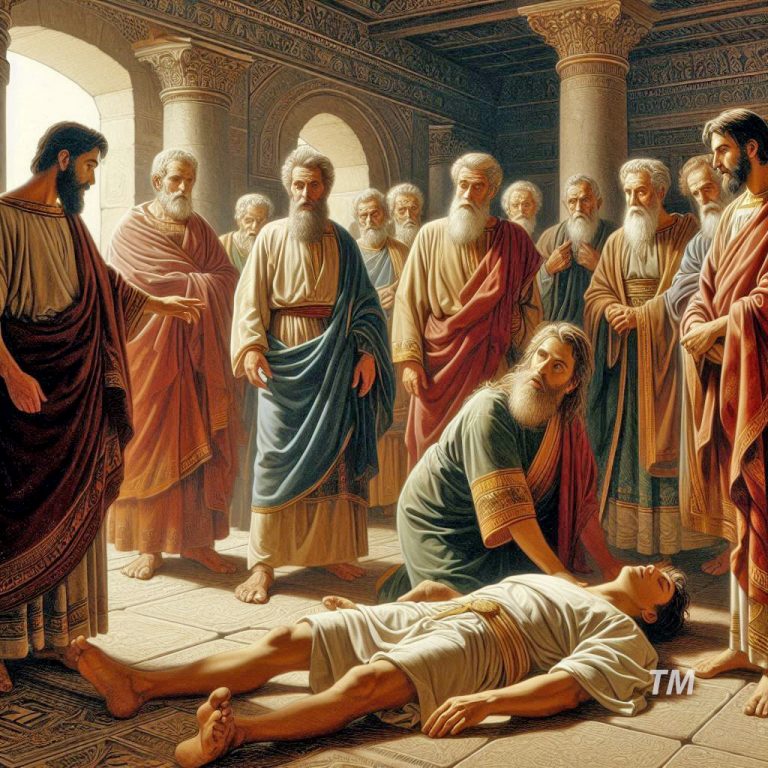
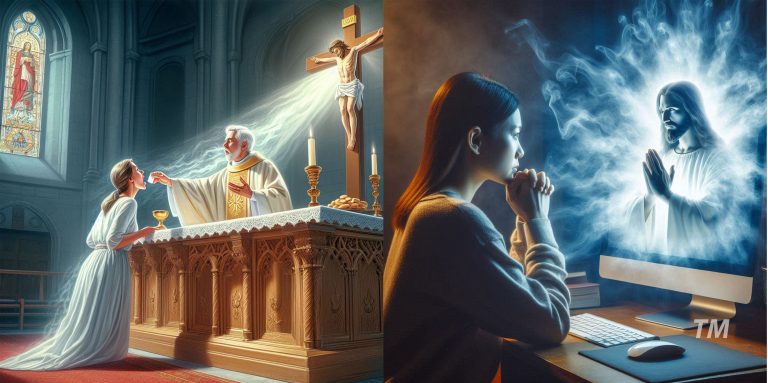
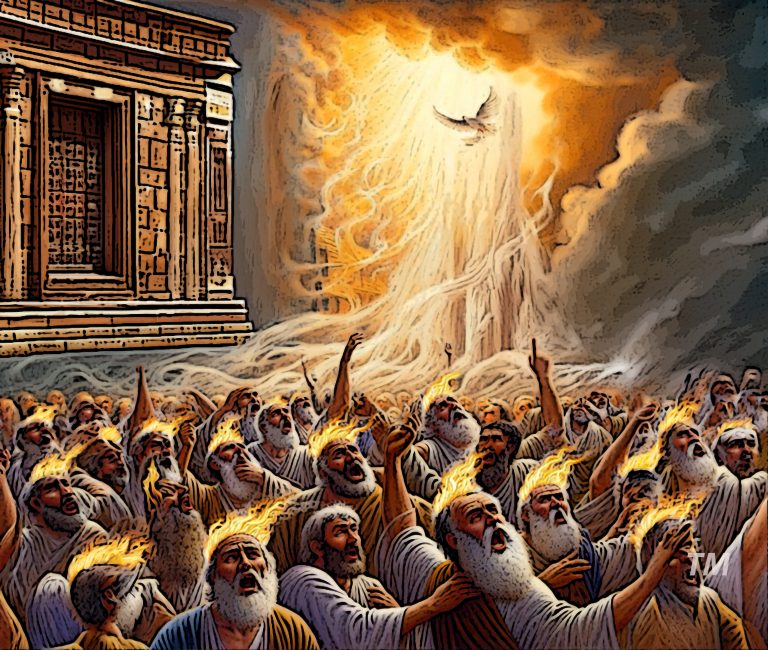


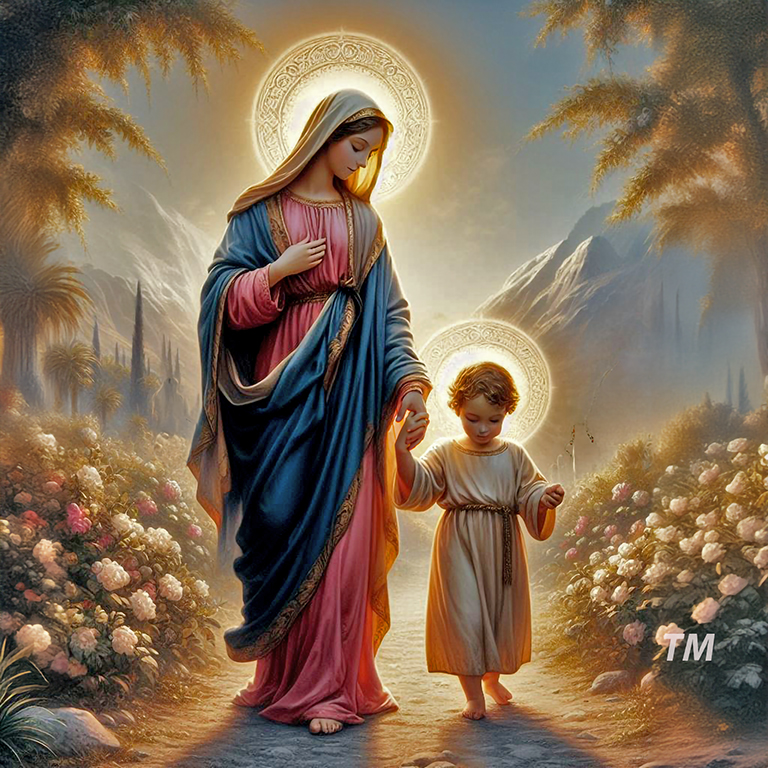
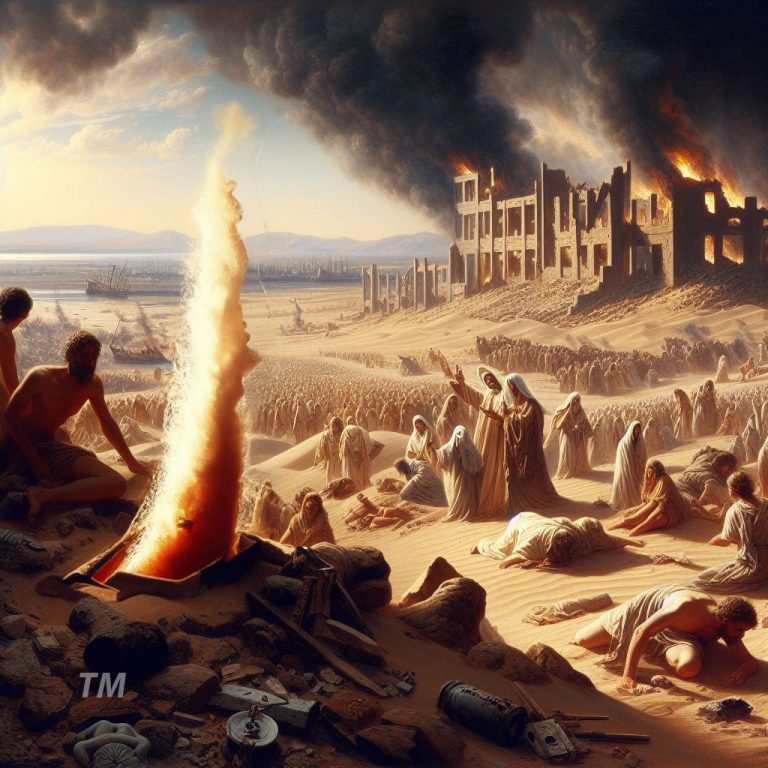
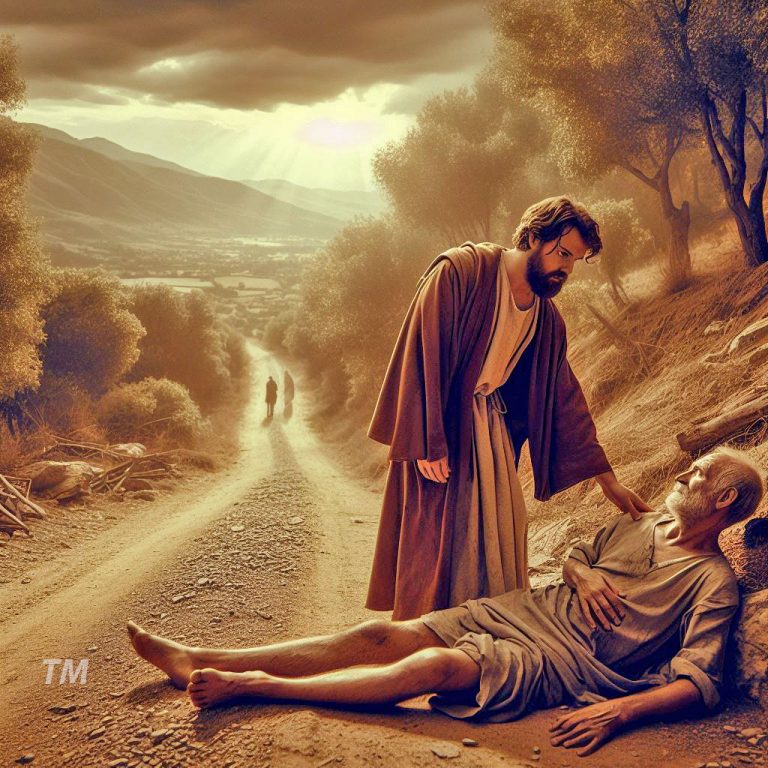
+ There are no comments
Add yours